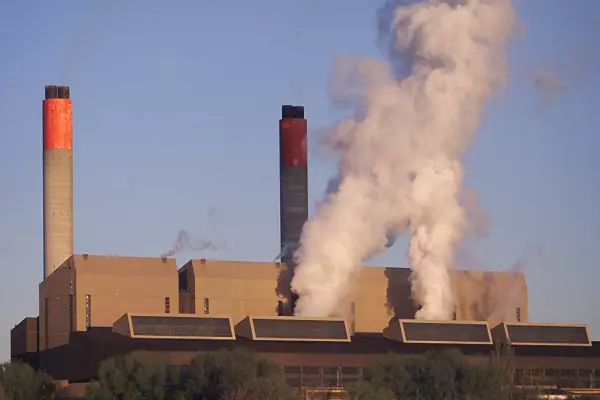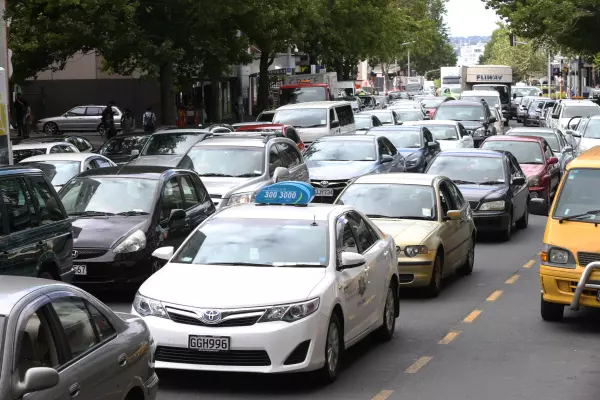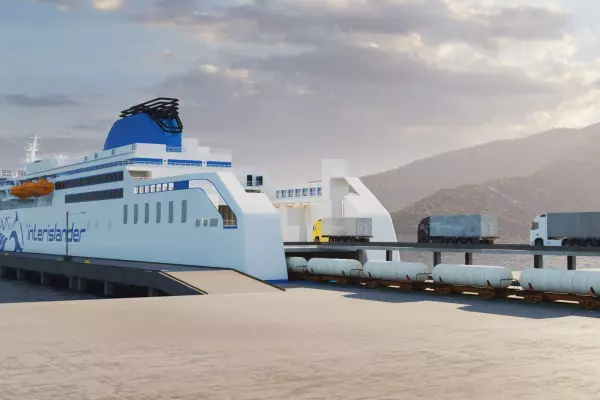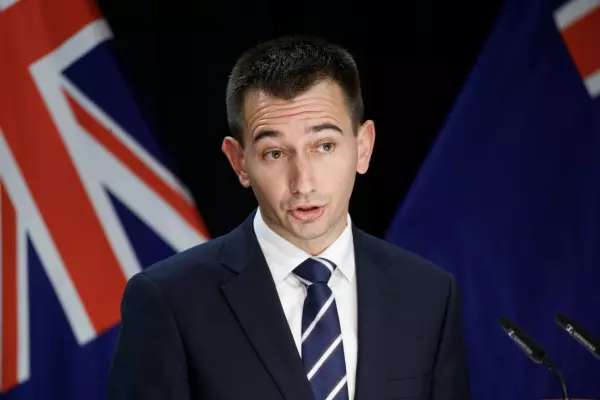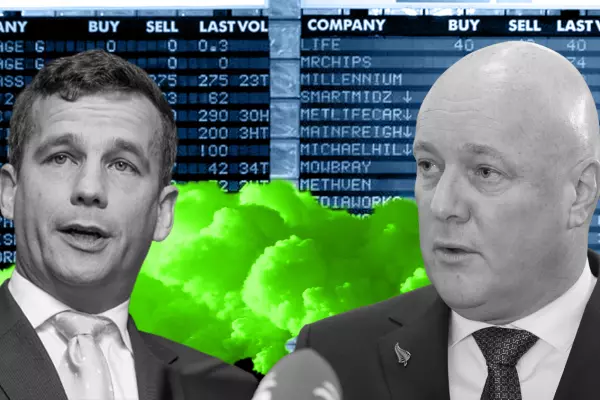Officials warned the government its target to make the public sector carbon neutral by 2025 is not feasible.
In December, ministers announced the Carbon Neutral Government Programme. This will require public sector agencies to measure and report their emissions and to buy carbon offsets for any they can’t cut by 2025.
This not only includes departments, but also other public entities such as hospitals and schools.
A Ministry for the Environment briefing paper written before Cabinet approved the decision warned ministers the target was overambitious. The ministry also raised concerns about the practicality and credibility of requiring the public sector to pay for carbon offsets for emissions they would not be able to end in just five years.
The Cabinet paper from the December decision set the date for carbon neutrality in 2025 and reinforced offsets were necessary as a financial discipline on the sector to ensure it makes emissions cuts. However, it left some wriggle room about which rules would apply to different state sector agencies at what time.
Political consequences
Officials did not raise the political implications of forcing cash-strapped departments or others such as schools and hospitals to pay to plant trees because they were using gas or coal for heating.
Both MfE’s advice and the Cabinet paper are heavily redacted with all financial implications removed.
The ministry warned there were significant challenges getting the public sector to carbon-neutral within five years. The ministry’s own target of reducing 50% of its emissions by 2030 was ambitious and urged further work before setting a “high-level target”. If there was to be a target it should just be ahead of the carbon neutral by 2050 goal currently in law.
Just getting in place mechanisms to measure emissions by 2021/22 would require more resources and support, it said. “It would be very difficult for all these groups to achieve emissions reporting” in that time frame. Carbon neutral by 2025 would also be difficult.
“We do note though that to allow public sector organisations to follow best practice, to accurately measure and then meaningfully reduce emissions, would mean setting a carbon neutral date within the next five years would be problematic,” MfE said.
The Cabinet paper also said, “We need to ensure there is a direct financial incentive on agencies to reduce emissions”.
“In the future, we, therefore, intend to require CNGP organisations to offset their remaining emissions from 2025 … This will provide organisations with individual accountability and a financial incentive for reducing their emissions.”
However, MfE warned there were “significant challenges and risks around claims of carbon neutrality which means that, at this stage, we do not recommend setting a specific date beyond which the remaining public sector emissions will be offset”.
Offset questions
The ministry also warned having a portfolio of “enough available, credible units to offset may need an even longer timeframe than five years”.
Making the announcement in December, ministers focused on the priority of removing coal burners and reducing car vehicle emissions.
The $200 million State Sector Decarbonisation Fund would provide agencies with capital to co-fund the replacement of coal boilers with low-emissions alternatives.
MfE said coal boilers could feasibly be phased out in five years, but there were a significant number of gas and liquid fuel burners throughout the state sector particularly hospitals, universities and schools.
It also warned those agencies which did phase out coal would in many cases face higher fuel costs – “the energy costs of these renewable options would be materially higher than coal”.
It said slow progress in electrifying the government’s vehicle fleet was likely to remain slow unless agencies were paid a price premium to cover the cost of EVs.
While MfE’s advice on costs was redacted it said they would be “challenging” and implied just getting rid of coal and converting to EVs would come at a high cost.
Parts of the Cabinet paper are also redacted due to them containing “free and frank advice”, while detailed information on the financial implications is also redacted.
Further work
The December Cabinet paper said the carbon neutral plan would require further funding, work and analysis with ministers set to make some further decisions about these this month.
Under the plan, departments, agencies and non-public service departments would be instructed to report emissions and publish reduction plans from the 21/22 financial year with Crown agents and school boards of trustees the following year.
“Some exemptions or a different approach to individual reporting may need to be made for entities such as the 2,416 school boards of trustees,” the paper said.
Tertiary education institutions will be encouraged to report emissions and publish reduction plans from the 22/23 financial year.
There has been no release of information about the costs involved in getting the public sector carbon neutral by 2025, nor on the cost of offsetting the emissions that remain after that date.
MfE said their best estimate of annual state sector emissions is:
• 49 kiloton CO2-e (carbon dioxide equivalent) from the vehicle fleet.
• 193 kt CO2-e from electricity.
• 160 kt CO2-e from gas.
• 44 kt CO2-e from liquid fuels.
• 37 kt CO2-e from coal-fired boilers.
This does not cover air travel, which makes up a significant part of the emissions profile of some departments.
The cost of the offset would depend on their make up with various schemes claiming to offset carbon from a few cents to $50 a tonne. Doubts about the credibility of offsets is one reason they are not yet agreed upon in the Paris Agreement on climate change.
While some departments have emissions monitoring and reductions in place, other major agencies – such as the Ministry for Business, Innovation and Employment – have just begun the process.




